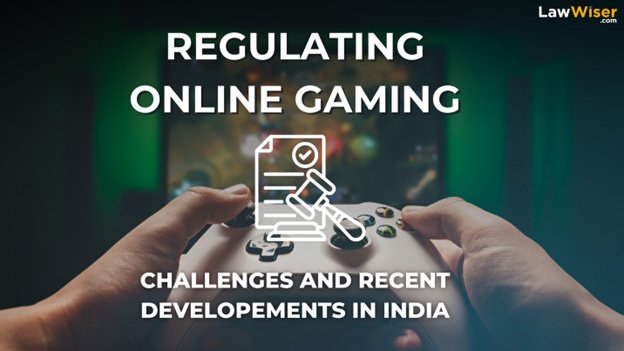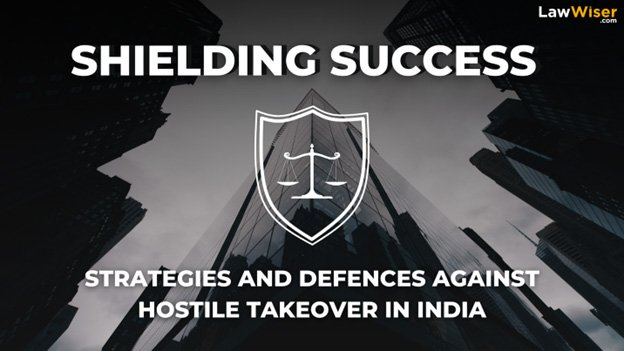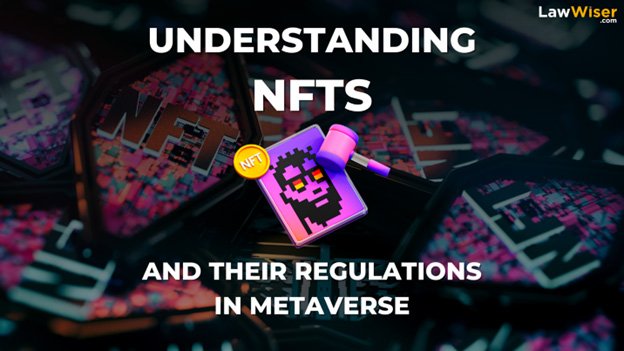When a person or a firm can no longer satisfy its financial responsibilities to lenders when loans fall due, they are said to be insolvent. Insolvency is governed by the Insolvency and Bankruptcy Code, 2016, also popularly called IBC. It prescribes the procedure for initiating insolvency proceedings, the appointment of an Insolvency Resolution professional and initiating the Corporate Insolvency Resolution Process (CIRP).
Before entering bankruptcy procedures, an insolvent firm or individual would most likely make informal agreements with creditors, such as putting up alternative payment arrangements. Poor cash management, a decrease in cash inflow, or an increase in costs can all lead to insolvency.
It can lead to insolvency proceedings, in which the insolvent person or entity faces legal action and assets are liquidated to pay off outstanding debts. Creditors can be contacted directly by business owners to restructure debts into more affordable instalments. Creditors are usually sympathetic to this strategy since they want to be paid, even if it’s on a delayed basis.
Insolvency is a sort of financial crisis in which a person or company is no longer able to pay their payments or meet their other commitments. According to the IRS, a person is insolvent when his or her entire obligations exceed his or her total assets.
Insolvency can be straightforward or well-known. Simple bankruptcy is defined as a debtor’s failure to pay his debts, with no accompanying legal notoriety or promulgation. Infamous insolvency is defined as insolvency that has been identified by some public acts as becoming notorious and irreversible, such as applying for the benefit of insolvent laws and being discharged under them.



 January 9, 2024
January 9, 2024







 October 9, 2024
October 9, 2024 0 COMMENTS
0 COMMENTS



